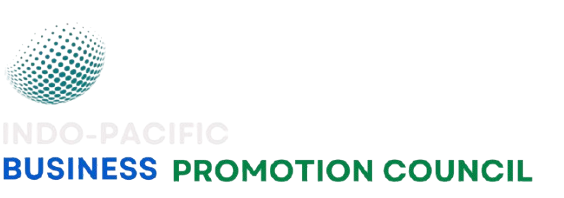Key Takeaways
- Advanced semiconductor manufacturing relies heavily on water for cooling and chemical processes, yet most of it is recirculated and reused.
- Evaporative loss, primarily from cooling towers, represents the largest portion of water consumption in fabs.
- Proper segregation of wastewater and real-time monitoring are vital for improving sustainability in water usage within semiconductor facilities.
Water is essential for the advanced architectures of semiconductor manufacturing, playing a critical role in cooling, waste management, and chemical processes. Despite concerns about the high volume of water used — often reported in millions of gallons — this figure does not reflect consumption in the traditional sense. Most of the water drawn from municipal systems is not lost; it is treated, recirculated, and returned for further processing. The main loss occurs due to evaporation, particularly from cooling towers, detailed in the International Roadmap for Devices and Systems (IRDS).
As Slava Libman, CEO of FTD Solutions, explains, at full production capacity, a high-tech facility can demand as much water as a city of one million, but very little of that water is lost. Instead, efficient engineering practices focus on water reuse and heat recovery to minimize true consumption. In hot areas, evaporative losses dominate, while in cooler locations, they are considerably less.
Before initiating construction in areas like North Phoenix, water providers must ensure long-term water supply capabilities. Phoenix has demonstrated the necessary infrastructure to provide water for semiconductor projects over a century. Quality of water is equally as important as quantity, with reclaimed water systems and filtration processes becoming the norm to minimize risks to municipal wastewater systems.
A modern semiconductor facility’s water management involves multiple interconnected loops. Water is extracted and treated to create ultra-pure water (UPW) for on-wafer processes and routed through systems designed to capture and reuse spent water for less critical functions. While withdrawals can be high, the actual net consumption remains much lower as water is repurposed within the plant for various applications.
However, as new technology nodes emerge, water consumption tends to rise, necessitating careful tracking and management of water use and quality. Manufacturers, like Intel, report substantial reliance on reclaimed municipal water, significantly reducing the need for potable water.
The purity of water after treatment becomes a critical factor in determining how much can be recycled. Advanced processes require ultra-pure conditions, meaning that water systems must eliminate contaminants effectively, which sometimes restricts recycling potential. Therefore, material selections for water handling infrastructure also become crucial in maintaining water quality.
Another pressing issue is managing chemicals such as PFAS (per- and polyfluoroalkyl substances) that may enter waste streams. Treatment and segregation strategies are vital for ensuring environmental compliance, especially as regulations around these substances become more stringent.
Despite being tasked with navigating these challenges, the semiconductor industry has numerous methods to reduce water consumption. These include increased reuse, better segregation practices, and advanced monitoring systems that allow operators to understand water flows and adjust usage in real-time.
Overall, while concerns about water use in semiconductor manufacturing are valid, the industry is actively working on solutions to enhance sustainability. This includes not only improved water management but also strategic partnerships with local utilities to ensure that reclaimed water sources are effectively utilized and monitored throughout production processes. As technology progresses, so too will the methodologies for integrating sustainability and operational effectiveness, making water a manageable aspect of semiconductor manufacturing rather than a crisis point.
The content above is a summary. For more details, see the source article.















